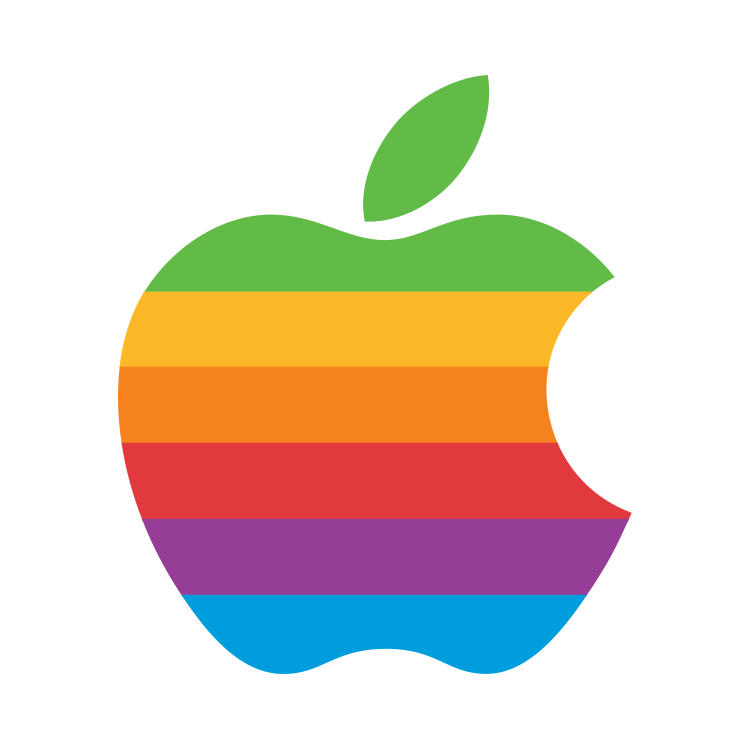The new Apple TV supports QMS VRR (Quick Media Switching, Variable Refresh Rate) so that when switching from one framerate to another (like 24 to 60Hz) there isn’t a screen blackout.
However, changing resolution or dynamic ranges, still result in blackouts. But why?
I’m thinking this is an HDMI limitation/issue, but why is this not a problem for iPhones or built in apps?
The speed of the change of TV is dependent on the TV, not the device supplying signal. TVs dont prioritize the switching and there is loads going on to match audio and video. HDMI standard supports many resolutions, if in the AppleTV select match resolution then it will convert so the TV will not have to change.
Why can iPhones seamlessly switch between resolutions, framerates, and dynamic ranges, but not Apple TV?
iPhone - Apple makes the whole device.
Apple TV - Apple does NOT make the whole device, they make a box that plugs into the TV.
QMS is for frame rate only. It makes use of VRR behind the scenes. There is no feature in HDMI that would allow you to keep the stream active while resolution and/or dynamic range change. With iPhones they control both the system and the display so they can do anything they want. Not Apple’s fault.
Is t this a TV limitation?
How do you know the iphone is actually switching vs just rendering things to what it needs?
The screen blacks out on HDMI changes like those because there is a re-negotiation of the link between devices.
iPhone doesn’t do any of that display switching. it just uses pulldown, tone mapping, etc. same as if you turned off content matching on Apple TV (the default)
My initial thought is because with iPhone, Apple makes both the hardware and software, this the integration is better.
With Apple TV and a television, Apple can’t control how every brand/model of television will respond.
No. They have a partnership with lg electronics and Samsung. There is no excuse. Many other Blu-ray players do this easily.
No they don’t
TVs cant instantly switch because of the syncing of audio and video, all video signals are heavily processed in all modern TVs, Audio is generally decoded. to Match this delay of recording vs processing TVs need a few ms to buffer process and sync. This will always be the case using HDMI as the standard offers no advance warning just a new data rate / resolution.
Because panels that do that are expensive and TVs compete on price.
For the exact same reason using the on board built in apps of your smart tv doesn’t either, there’s no HDMI handshake involved.
It’s not the AppleTV that causes the screen blackout, it’s the tv at fault because currently it’s not something the HDMI input can handle.
That’s why I always wanted a TV with tvOS built-in, because it would have Promotion, so any switch in refresh rate or dynamic range would be seamless.
Because iPhone doesnt use HDMI.
Because it’s limited by the capabilities of your bargain 199$ hisense garbage TV. iPhones are purpose built to do these things, bargain TVs (and TVs in general) are meant to just show a picture
It’s ur TV
You are correct, this is an HDMI limitation.

